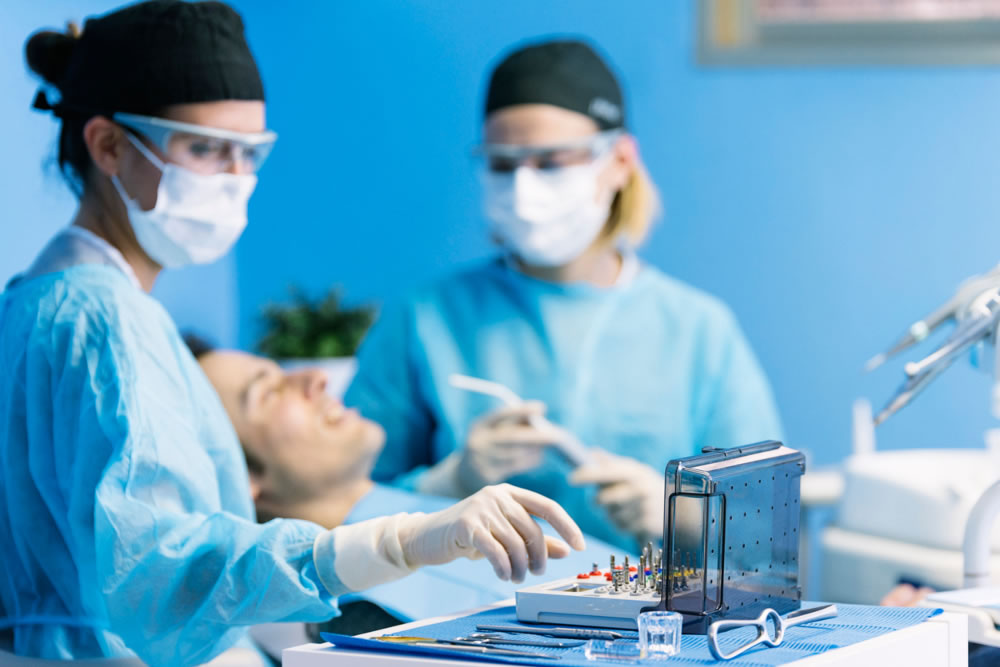Scientists from the University of Pennsylvania have created a robotic microswarm that can automate the treatment and removal of plaque and bacteria, essentially brushing your teeth for you.
The multidisciplinary team said that this could be particularly valuable for people who lack the manual dexterity to brush their teeth without assistance.

The microrobots are made of iron oxide nanoparticles that have both catalytic and magnetic properties.
Their configuration and movement can be controlled with magnetic fields to produce either bristle-like arrangements that act like a toothbrush on the flat surfaces of teeth, or longer threads that can move between them like floss.
Whichever configuration they are in, the nanoparticles are also driven by a catalytic reaction to produce antimicrobial agents that can kill the bacteria that cause tooth decay.
The robotic system was tested on both real and artificial teeth.
It was found that the assemblies could adapt to a number of shapes and were able to virtually eliminate the sticky biofilms that can cause tooth decay and gum disease.
Study author Hyun Koo said that beyond the addition of electric motors for vibration, the basic design of the toothbrush has remained the same for many years.
The new innovation came about through a collaboration between the university’s dental medicine and engineering departments.
Catalytic and magnetic properties combine in the microswarms
The dental department was interested in the catalytic properties of the nanoparticles, which could activate hydrogen peroxide to release free radicals – which then targeted the bacteria responsible for tooth decay.
At the same time, the engineering department was interested in developing the nanoparticles as the building blocks of magnetically controlled microrobots.
Along with other colleagues, they brought the two elements together and created a platform that could be used to control the robots using electromagnetism.
The team optimised the assembly’s movements on a small slab of tooth-like material before testing using 3D models of teeth and gums based on scans from the dental clinic.
They then tested the system on real human teeth mounted to mimic their position in an oral cavity.
They found that the microrobots were able to successfully adapt to each shape and environment and effectively clear all detectable pathogens.
The bristles could also be made firm enough to remove biofilms while remaining soft enough to avoid damaging the gums.
Today’s news was brought to you by TD SYNNEX – the UK’s number one solutions distributor.

